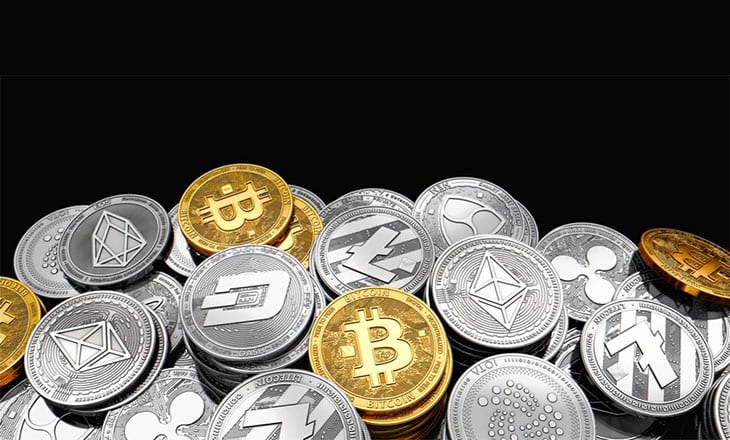Despite the nascent nature of cryptocurrrencies, veteran traders, if there is such a thing at this stage, have noticed certain patterns that pervade the space that offer several opportunities for gain, if you are able to follow the unique ebbs and flows of this arena to your advantage. For example, when times are tough, traders tend to shift allegiances on a dime, moving into Bitcoin, until the storm passes. Stablecoins, however, now offer another option, which many traders use to maintain value and never leave the crypto space. Lately, however, the good times have not been enjoyed by altcoins, because many investors have moved abruptly into BTC, but why is that?
The latest scandal at Bitfinex and Tether has sent shockwaves through the industry, as any alleged $850 million fraud would do in any financial market, but altcoins seem to be taking a bigger hit than the industry leader. Once again, the pattern of transferring to Bitcoin or a stablecoin like Tether’s “USDT”, when uncertainty is in the air, seems to be playing out, as before. But shifting allegiances were already in play before the scandal broke. Bitcoin’s market share had increased from 50.5% to 54.6% in the space of only four weeks’ time. Something else was going on that needs to be understood.
Even with the bad news from the “Bitfinex/Tether” debacle, the cryptocurrency market has been on fire. The total market capitalization of the industry has shot upwards, post scandal, some $46 billion since the first of the year when $125 billion was the system benchmark, a nice return of 37%. Pre-scandal, Bitcoin had produced a stellar return in excess of 80%, but it was not the leading performer. For example, a few weeks back, year to date returns on many altcoins have been off the charts in 2019, including Litecoin up 186%, Binance coin (BNB) gaining 207%, and PIVX returning an incredible 335% since the start of the year.
Savvy traders understand these crypto dynamics, one reason why a recent Twitter survey reflected that, “47% of crypto traders on Twitter held between 60-100% of value in altcoins,” and “A mere 23% of respondents hold 0-20% of their total portfolio in altcoins, alluding to a portfolio made up mainly of Bitcoin.” By the way, over 10,000 investors responded to this survey, a sizable population ensuring statistical credibility.
But why the recent shift out of altcoins? One favorite trader with a large social media following, who goes by the name of “The Crypto Dog”, has recently signaled his shift after booking his gains: “Rug pull senses tingling. I managed to make it here up in $BTC, up in $USD. Going to keep it that way – tethering ~75% of my $crypto holdings. Playing with the rest. Maybe I get left behind, but I don’t think so.” Not sure of his reaction to the recent Tether malaise, but valuations for the stablecoin did drop 3% on the news.
There are several other analysts and traders that have weighed in on this “shifting” topic. Here is a brief recap of their published comments:
- Jeff Dorman, chief investment officer of asset manager Arca: “BTC is still the most important asset in all of crypto. When it performs well, the best risk/reward is arguably to own Bitcoin over any other digital asset. This doesn’t necessarily mean BTC’s returns will be higher, just that the probability weighted return is the highest given that BTC is so far ahead of any other digital asset in terms of adoption and use cases.”
- Joe DiPasquale, CEO of cryptocurrency fund of hedge funds BitBull Capital: “During a major rally, when Bitcoin is on the rise, there is a general move out of altcoins and into BTC. Despite what USD prices show, all altcoins also have BTC pairs, and as BTC moves up, people holding altcoins see the BTC equivalent of their holdings decrease.”
- Mati Greenspan, senior market analyst for eToro: “Altseason is over and the market is now consolidating back into Bitcoin.”
Not everyone is in agreement with Greenspan’s opinion. Joseph Young, an analyst who focuses on finance, cryptocurrency, and Fintech, is more upbeat for the altcoin camp:
Normally, in the crypto market, the altcoin market makes large moves when bitcoin is engaging in sideways price action or is stable in a tight price range. While it does not necessarily mean that new capital is being injected into the altcoin market, it suggests that at least existing investors in the crypto market are becoming more comfortable with riskier bets on the market.
He concludes that:
The altcoin market is likely to see a boost in capital inflow and confidence from investors only if bitcoin sees a strong upside movement and stabilizes above crucial resistance levels.
